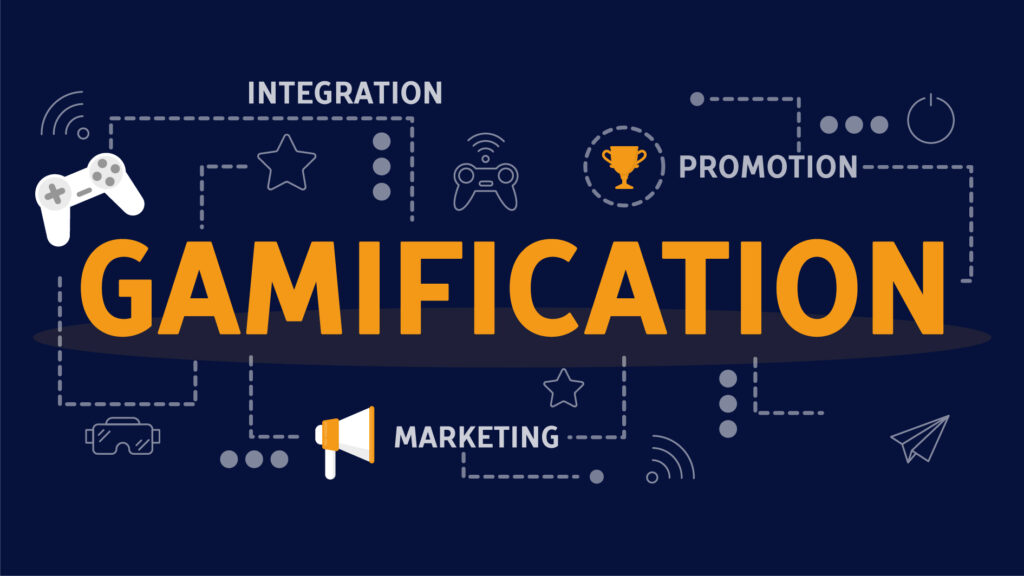
Integrating gamification into insurance services has emerged as an effective strategy to enhance customer engagement and foster loyalty. By incorporating game-like elements such as rewards, challenges, and interactive features, insurers can transform routine interactions into engaging experiences.
Key Gamification Strategies in Insurance:
- Leaderboards and Progress Tracking: Incorporating leaderboards and progress bars motivates customers by creating a sense of competition and achievement. For instance, Progressive’s Snapshot Program personalizes insurance rates based on driving behavior, encouraging safe driving through real-time feedback and rewards. citeturn0search0
- Reward Systems: Implementing points-based systems where customers earn rewards for specific actions—such as safe driving or maintaining a healthy lifestyle—encourages positive behavior. These rewards can range from premium discounts to tangible incentives. citeturn0search4
- Educational Challenges: Designing interactive quizzes and challenges educates customers about insurance products while keeping them engaged. Allianz’s gamified risk management platform, for example, uses quizzes and scenarios to inform customers about potential risks, rewarding them for participation. citeturn0search5
- Health and Wellness Programs: Encouraging healthy behaviors through gamified health initiatives benefits both customers and insurers. UnitedHealthcare’s Motion program provides wearable devices to track physical activity, offering financial incentives for meeting daily walking goals. citeturn0search0
- Risk Awareness Simulations: Utilizing games that simulate real-life risks helps customers understand the importance of various insurance coverages. These simulations engage users while educating them on the necessity of specific policies. citeturn0search1
Benefits of Gamification in Insurance:
- Enhanced Customer Engagement: Gamified elements make interactions more enjoyable, leading to increased participation and interest in insurance products.
- Behavior Modification: By rewarding desired behaviors, such as safe driving or regular health check-ups, gamification encourages customers to adopt habits that can reduce risk and claims.
- Improved Customer Retention: Engaging experiences foster stronger relationships, leading to higher customer loyalty and reduced churn rates.
- Valuable Data Collection: Gamification provides insights into customer behaviors and preferences, enabling insurers to tailor offerings and marketing strategies effectively.
Considerations for Effective Implementation:
- Align Rewards with Customer Values: Ensure that incentives resonate with your target audience to maximize engagement.
- Maintain Transparency: Clearly communicate how gamification elements work and how customers can benefit, building trust and understanding.
- Ensure Accessibility: Design gamified platforms to be user-friendly and accessible across various devices, accommodating a diverse customer base.
By thoughtfully integrating gamification strategies, insurance companies can create more engaging, educational, and rewarding experiences for their customers, ultimately driving satisfaction and loyalty.



